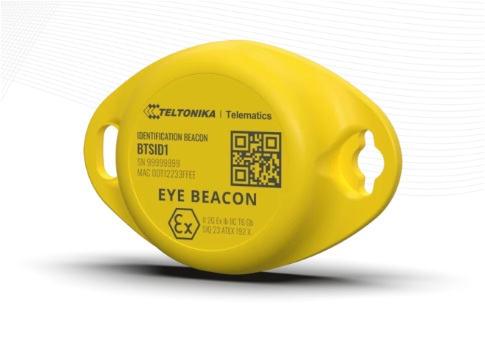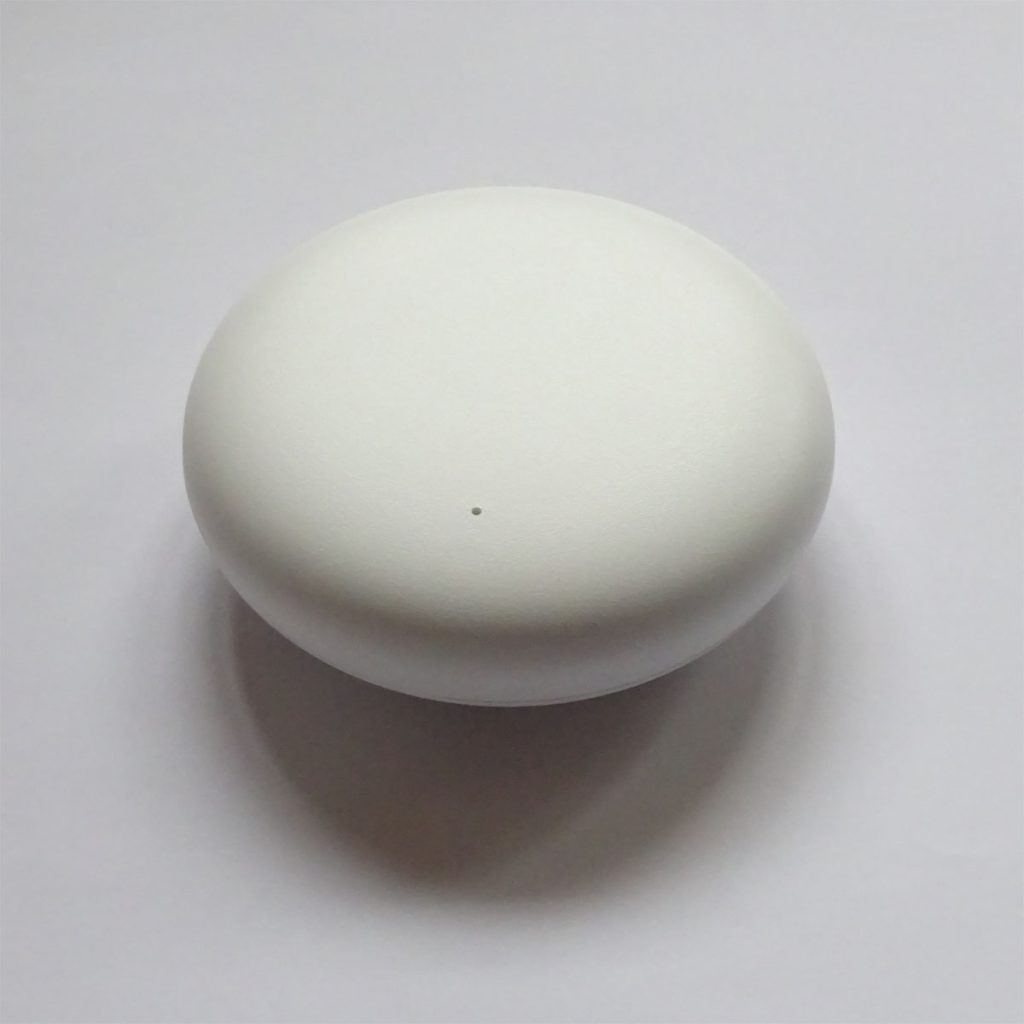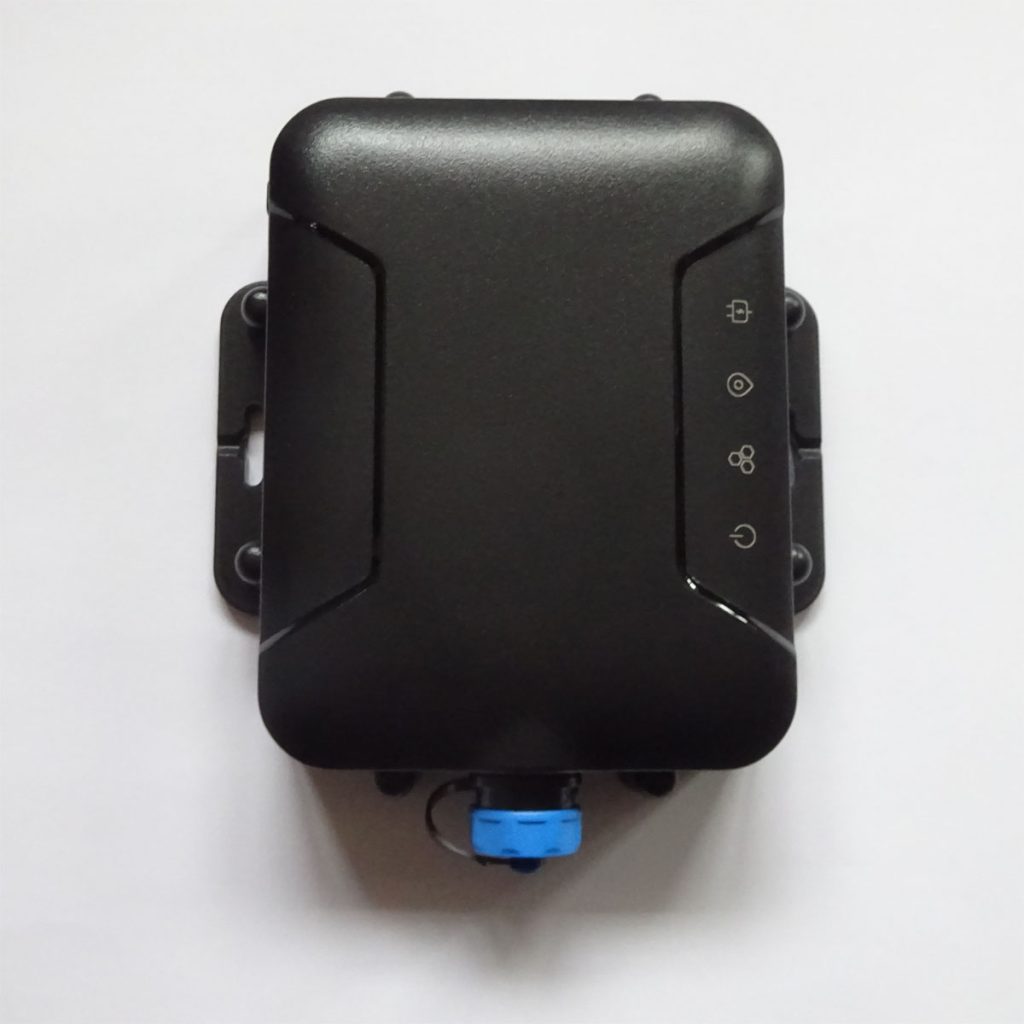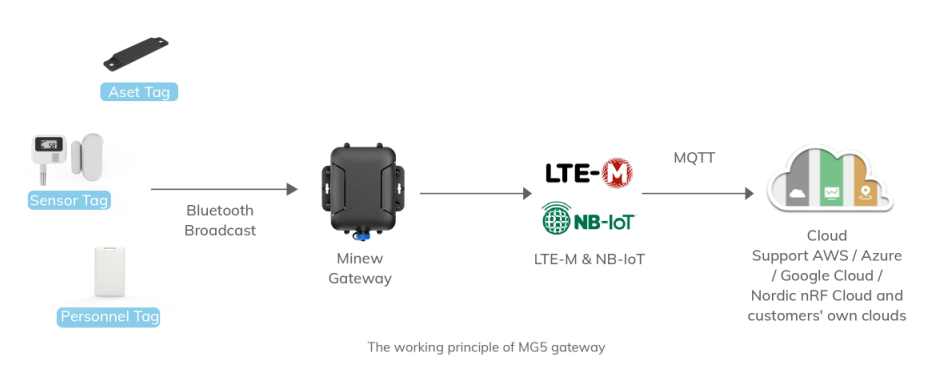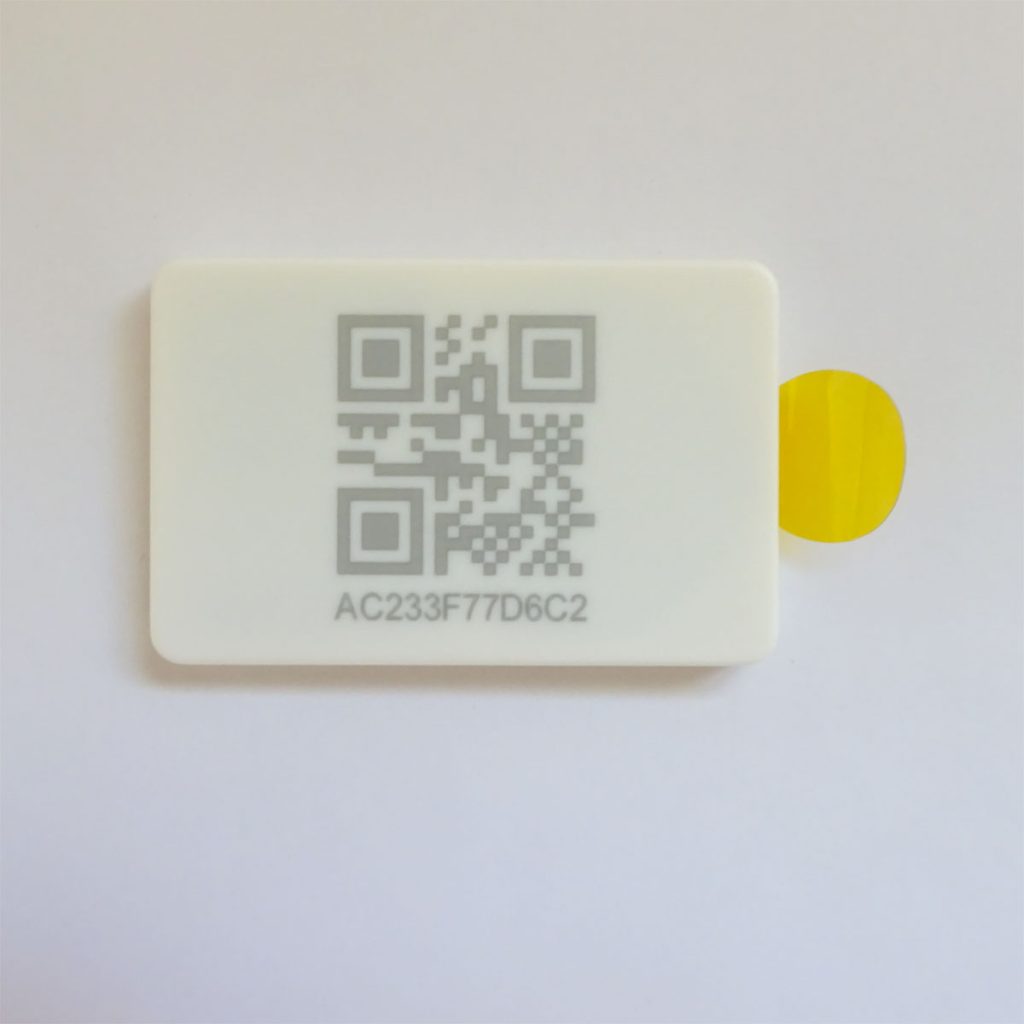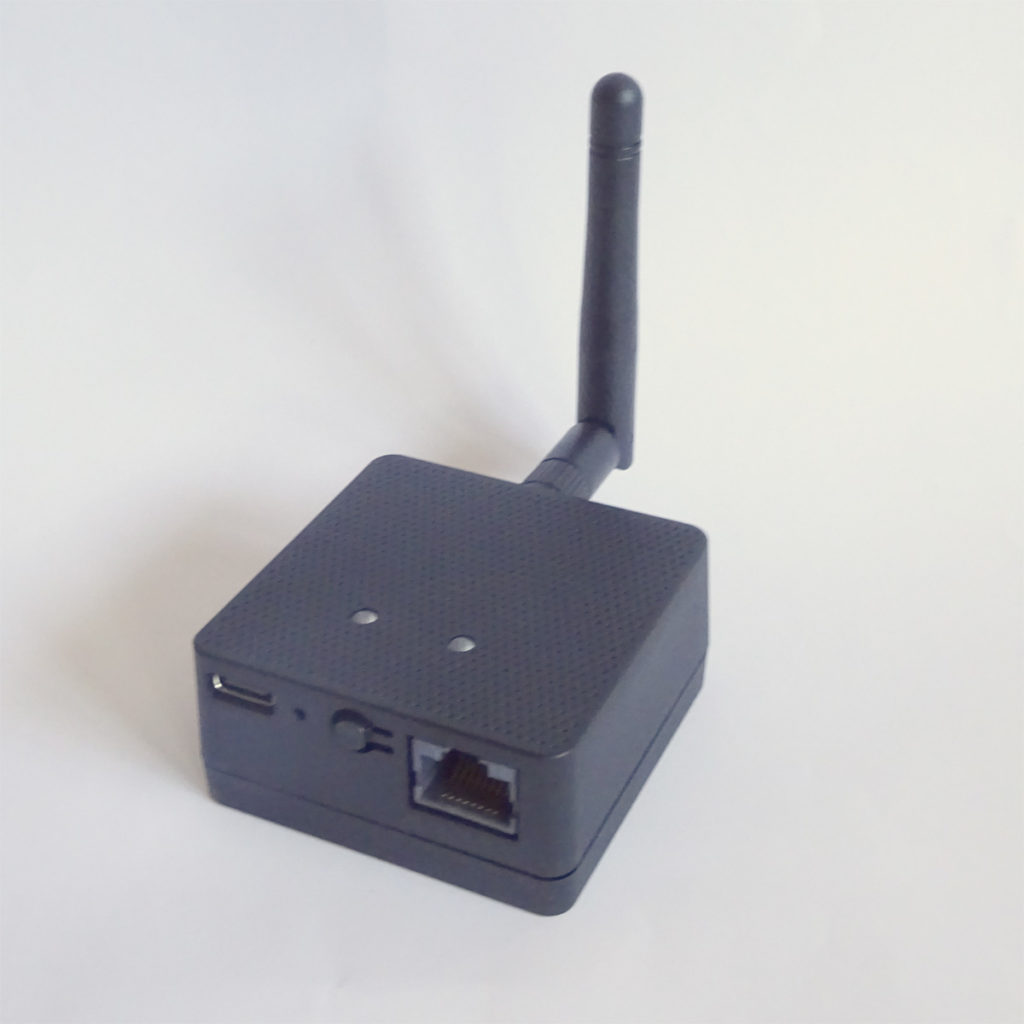When you do a Google search query “Is beacon outdated?” and similar queries, you might be directed to a warning about the Google beacon platform being deprecated as of December 7, 2020, with a complete shutdown on April 1, 2021. This information, while accurate, pertains specifically to the Eddystone-URL and Google Nearby, not to iBeacon technology. It’s crucial to understand the distinction to avoid misconceptions about the current state of beacon technology.
Eddystone-URL, a beacon format developed by Google, was indeed phased out. This format was designed for broadcasting URLs to nearby devices, a feature that found limited adoption and was eventually deemed no longer necessary. The discontinuation of Eddystone-URL and Google Nearby, a related service, led to a broader assumption that all forms of beacon technology were becoming obsolete. However, this isn’t true.
iBeacon, Apple’s beacon technology, is still very much in use. iBeacon operates differently from Eddystone-URL. It uses Bluetooth Low Energy (BLE) proximity sensing to transmit a universally unique identifier picked up by a compatible app or operating system. This technology has a wide range of applications, from retail to event management, and continues to be relevant in various sectors.
For instance, in retail, iBeacon technology is used to enhance the shopping experience. Retailers implement beacons in stores to send targeted offers and information to customers’ smartphones, based on their location within the store. This personalised approach not only improves customer engagement but also provides valuable data to retailers.
In the event management industry, iBeacon technology is used for attendee tracking, networking facilitation, and personalised notifications during events. For example, at a conference, attendees can receive information about sessions they are near, facilitating a more interactive and engaging experience.
Moreover, museums and galleries have adopted iBeacon to provide visitors with detailed information about exhibits as they move through the space, enhancing the educational aspect of their visits.
In conclusion, while the Google beacon platform, specifically the Eddystone-URL and Google Nearby, has been deprecated, it’s important not to generalise this as the end of all beacon technologies. iBeacon, among others, continues to thrive and evolve, finding new applications and integrations in various industries.
